I try to avoid stereotypes as they inevitably don’t hold up, but early Celicas did rather seem to appeal to young women. And they obviously still do, even 50 years later! 15 years ago I found and shot a red ’74 right here at this same neighborhood market, and the owner was a young woman, and it was her first car. I almost couldn’t believe it when I saw this ’76 (or ’77) the other day in the very same same parking lot. And as I was shooting it, a young woman walked towards it. I complemented her on her car and she told me it was her first car and that she’d had it for five years now.
So maybe stereotypes are valid?
I had actually seen this Celica in traffic just a few hours earlier, to my pleasant surprise, but there was no way to shoot it. It’s been a minute; these used to be fairly common sightings around here; no more. And then there it was sitting in the parking lot; another variation of the CC Effect.
This is a ’76 or ’77, identifiable by the longer and wider front end and the reshaped hood bulge, which was needed to clear the taller 2.2L 20R engine.
Everything from the cowl forward was essentially new: a longer front wheelbase, wider front track, and a revised suspension that substantially improved handling, something of a weak spot in the earlier versions.
The former chrome hood vents were now just plain vents. The 20R engine had a SOHC hemi head, but was tuned more for torque than power; its rating was 97 (net) hp, reduced to 90 in CA. This engine powered huge numbers Toyotas in the US, the Corona, Celica and Toyota Pickup (Hilux).
This one sports an automatic, which teamed up fairly well with the torquey 2.2L four. Toyota understood American’s preferences for bigger engines with fat torque curves early on, and that contributed materially to their acceptability in the US.
I rather prefer the original version of the Celica, with its daintier front end and other details.
These later versions lost some of these elements and details, although the distinctive trim on the rear edge of the rear window is still there. Obviously, the Celica had been inspired by the huge success of the Mustang, but it also had some very Japanese aspects too.
Of course the Liftback version, which arrived here in 1975, paid homage to the ’69 Mustang fastback, right down to the taillights. FWIW, it’s the coupe version that seems to attract young women, but then that was of course also the case with the Mustang.
The most distinctively Japanese element was the dragon emblem (sometimes called a “Viking” emblem, though that’s not what it is), which was also used for the nose badge on the gen2 and gen3 Celica and Supra.
The Celica was a hit for Toyota, and it and the Capri very much defined the import sport coupe market that quickly began to outsell the original American pony cars, which had all suffered from bloat.
The Celica was really quite close to the original Mustang formula, especially in the versions that were marketed to young women.
The only question left is: Will I find another gen1 Celica driven by a young woman owner whose first car it is in 2040? If I’m still around, that is.
Here’s that ’74 from 2010, which the owner pulled around on to the street so I could shoot it better. The Friendly Street market has gotten a paint job since then, but it still seems to be a magnet for gen1 Celicas.
Related CC reading:
Curbside Classic: 1974 Toyota Celica Coupe – Betting on The Wrong Pony PN
Vintage R&T Review: 1976 Toyota Celica Liftback – “A Much Improved Car” PN
Vintage R&T Review: 1975 Toyota Celica GT – Faster and Better Handling PN
Vintage R&T Review: 1971 Toyota Celica – The Arrival Of Toyota’s Pony Car R. Baron
COAL: 1972 Toyota Celica- Starting in Cologne, Winding Up In Japan Dutch 1960

















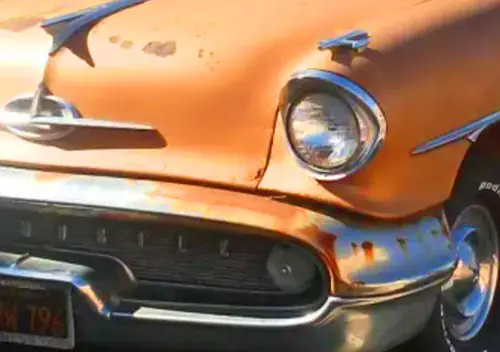
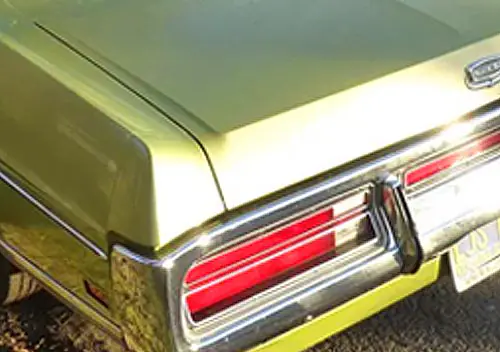



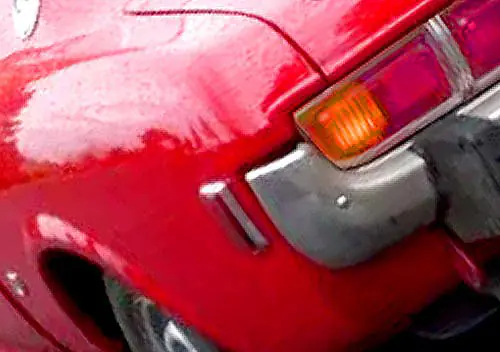

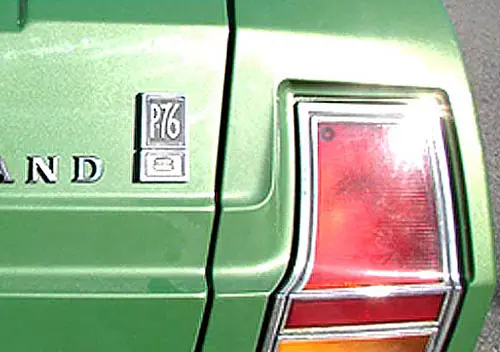
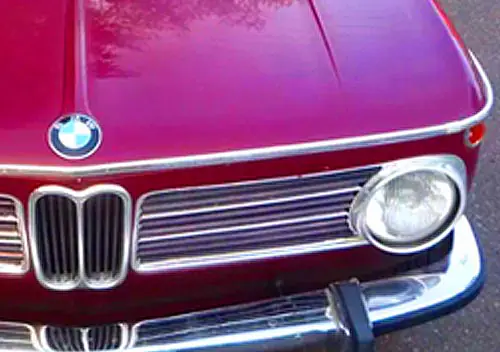


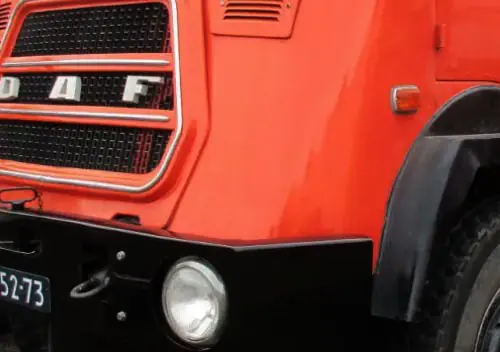
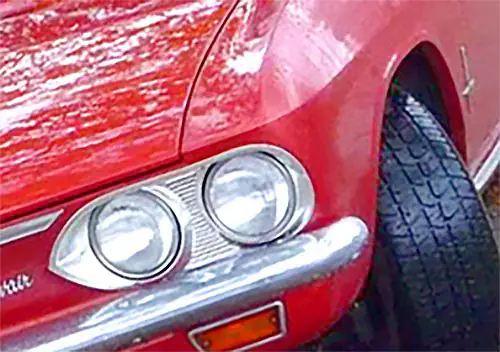

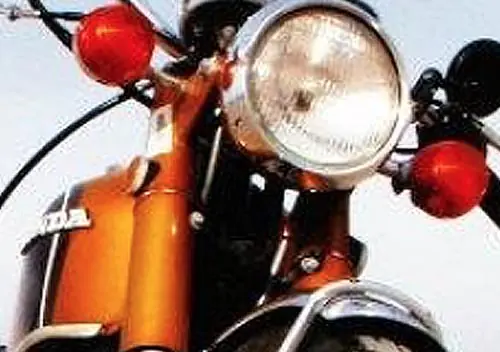
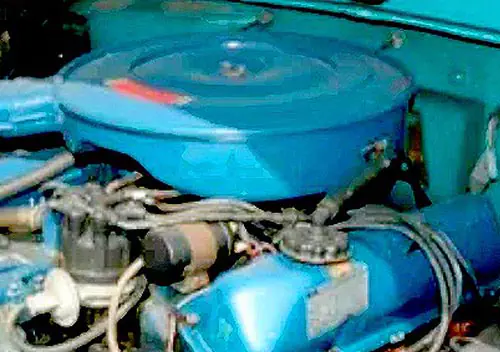



> So maybe stereotypes are valid?
This one is: the absolute #1 choice of decently financed college-age femme fatales, circa 1977, bar none. Also one of the least satisfying Toyota products I’ve driven,
Quite a find! Such great little image-improving Toyotas at the time with very stout mechanicals. Wonder where on earth she found it, even 5 yrs ago these were the proverbial hens-teeth due to rust.
I think I’ve seen that market more recently than I’ve seen a 1st or 2nd gen Celica, and I live 500 miles away. But there’s a brown 3rd gen coupe in town here. I’ve only seen it parked, but based on stickers and wheels I’d guess it’s got a male owner, though I too should be careful with stereotypes.
Nice, I really like the pastel yellow and one of these in white would be a fun hobby car for me .
In general stereotypes are loosely based on facts .
-Nate
Even though hatchbacks were more versatile, a lot of folks, perhaps more so in urban areas, felt that (the possibility of) visible cargo was a security threat. “If they can see what’s in there, maybe they’ll smash a window to grab it.”
My father, who was born and raised in NYC, would never in his lifetime own a car without a separate trunk.
Speaking of smash a window, the pilot episode of the tv series The Incredible Hulk with the late Bill Bixby and Lou Ferrigno showed a 1971 Celica where the Hulk smashed the windows and lift the car and throw it in a ditch.
https://imcdb.org/vehicle_54119-Toyota-Celica-RA20-1971.html
This is literally my mental association with these Celica coupes.
Maybe I had forgotten about the wheelbase stretch with the restyle. I wonder now how much of the change in overall proportions I had attributed to this, the generally changed from sheetmetal, or the impact bumpers.
Young women seem to want stylish economical and reliable. The Geo Storm and its Isuzu twin were quintessential girly cars as were VW Rabbit convertibles.The only outlier I can think of was the A4 Jetta which was both closely associated with college girls and a 4 door sedan.
I personally prefer the second generation Celica, which was one of the first Calty designed Toyotas.
These were everywhere when I was kid. They seemed to have supplanted the Mustang as an economical and stylish coupe, as the Mustang got bigger and bigger.
My grade five teacher and a Celica GT. I thought he was the coolest guy in the world!
It was this first generation Celica that sparked my interest in Japanese cars and taught me that they weren’t all oddly shaped lumps of sheet metal (I was a schoolboy back then).
My affection for these cars continues to this day. Looking particularly attractive to me with a notchback and in a dark burgundy red bodx color.
The light yellow example shown here does indeed look very feminine. But I wouldn’t have a problem owning it and showing off in it.
If you’re interested in what a young (relative to me, anyhow) woman can do with a ’74 Celica and a 2UZ V8, check out Sarah-n-Tuned on YouTube!
Well, I can’t say that I’ve noticed the stereotype out here on this side of the country – likely because most 1976 vehicles returned to the Earth around 40 years ago out here – but I do admire the styling of this Celica. Whoever that young woman is, she has good taste in cars. Then again, anyone driving a 49 year old car likely has highly curated tastes and her driving choices are not dictated by whatever she could find.
I hope you do find another in 2040!
Here in S FL, it’s not unusual to see an original condition gen 1 Lexus SC being piloted by a very classy and well dressed older lady. Likely the first owner
Another Toyota product with a similar phenomenon as the Celica.
Perhaps I’m mistaken, but like a number of 1970’s Japanese styling efforts, I get the impression they somewhat stumbled into a final design.
The Toyota “R” series of engines were wonderful and durable. My first car was a 71 Corona with the 1900 8RC engine. 109 HP, smooth, torquey, reliable.
I still own an 87 Hilux with the 2.4 22RE engine. I really like the thing.
I had one of these, a ’75 I bought from a friend a couple of months after it died in his driveway. He’d bought it new and 8 years later with 75K on it he kind of gave up on it. Thought it needed a carb but it needed spark plug cables. At that age the seats were in tatters and the metallic paint was just gone. I tried buffing it and quickly found primer instead.
Had it’s points, exceptional driveability in an era when that was rare. With very short gearing and a big 2200 engine it had plenty of pop for what it was, but mileage was so so and so was reliability. Absolute terrible handling.
Overall not a bad car in an era with few stars, but I still wouldn’t call it great.
A good friend of mine had one of these a until few years ago, complete with manual transmission and stripes. She’d owned it from new; due to some mishap, (I wasn’t around, found out afterwards) it rolled down a steep driveway and crashed into a tree. To say that she was heartbroken is putting it mildly!!
Holy bumper bars! I never twigged how bloody awful the nose and bum lifts were for America. Elsewhere, they kept the half-loop style chrome bumpers, an infinitely better look. On this one, the fill-in bits and bobs where the bumpers should be on this look like a badly-repaired plaster wall.
In this land, the cliched buyer was also female but not so young: more mid-’30’s-on. I guess they weren’t that cheap, being fully imported, subject to tariffs. Bought by your more mature secretary, is the image I have.
Stupendously reliable, they were pretty crap drivers, what with the usual Japanese mandatory options of the time including Vagueomatic steering, roll-your-own body movements, no apparent dampers, gale-force wind roar and sackcloth seats. Gorgeous 5-speed, though most were wimpy womanly automatics.
Rather amusingly, even as ordinary-driving as this, and auto, they were a better-handling and performing machine than, say, the manly (and truly dire) GM-Holden HX or XC Falcons of the same era.
Women aren’t fools, you know…